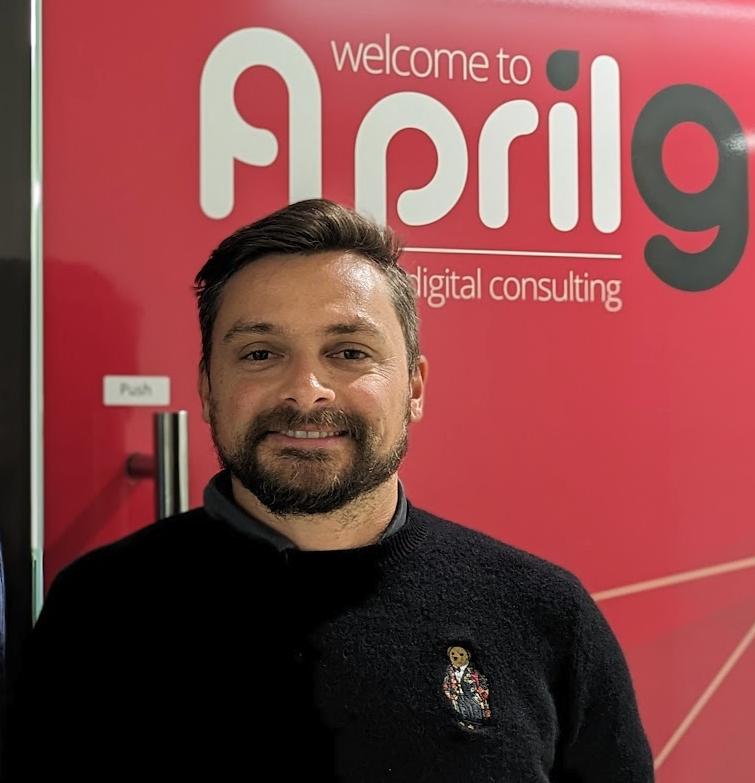Projects fail. It’s the painful truth all companies face. But what separates great companies and businesses from others is how they bounce back from these failures and return to their rightful course. In this article, we list the most common reasons why IT projects fail and how you can avoid them.
The goal of the project is not clearly defined or not defined at all.
A project with no clear goal can never lead to success because your team will not be working towards one specific target. This will lead to errors and missteps, which consequently, lead to wasted time and resources. No matter how skilled your team members are, if they are exerting their effort in different directions and executing various jobs that don’t contribute to a one goal, your project is doomed to fail. Your goals must be clearly defined so that your team can have a definite understanding of what is expected of them. As an executive in your company, your role is to establish the requirements, priorities, and expectations of the project and the client. Plans and timelines should be set so the progress of your project can be measured.

Your team is not communicating.
The most common culprit of failed projects is miscommunication. If you have a set of clearly defined goals for your project, you have to effectively communicate these to your team members. This goes both ways, as well. As the project progresses, your team should also be able to regularly report on the project’s development. Any details, questions, suggestions, even issues faced during the whole process should be constantly discussed among the people in the project to make sure that everyone is on the same page. Furthermore, especially in the digital age, employees tend to opt for email or social media as forms of communication during the project. While these platforms provide beneficial aspects to the collaboration of your team, if they heavily rely on digital communication, there is bound to be a misunderstanding along the way. Encourage face-to-face meetings regularly so that everyone is aware of all the steps taken for the team to reach the project’s goal.
You are not leading your team.
Software Development projects are delegated to the IT Department, but this doesn’t mean you’ll leave your team to figure everything out for themselves. Every project needs strong leadership from the beginning to the end. You have to guide your team throughout the whole process so that they’ll know who to talk to when issues arise and they will see that you are on top of every project your company has taken on. Moreover, this allows you to monitor the progress of the project and the quality of the output. Be involved from the brainstorming phase to the development phase and lead your team towards the goal of your project.

You do not have enough resources.
Oftentimes, companies do not have enough resources or people to complete the work for a project. This will only lead to overworked employees that won’t have enough will and time to accomplish the tasks at hand. Before accepting projects, make sure you have planned ahead. Do you have the budget to get more people to join your team? Can you lengthen the timeline of the project so your employees won’t be overburdened by the tasks? Can you reduce the scope of the project so that they won’t be dealing with a gigantic project? If you have a small team working on projects, you have to consider these questions to make sure that both your team and your client are satisfied.
You are not adapting to changes.
As you present to your client or test out your developed software to your end users, there will always be new requirements and expectations. Learning to adapt to what your client wants, or what your end user needs is a crucial skill. You cannot assume what the people want. You have to listen to their pain points so that you can effectively address their needs. Remember that at the end of it all, the product you are producing is for them, not you. If you’ve done this, you

Your project is solving the wrong problem.
Even if you’ve established a clear set of goals, have a stellar communication system, strong leadership skills, and abundant resources, if your product is not addressing a real problem of your customer, your project will fail. As a developer, the end goal of your project is to always provide value to your end user. Even if you’ve created a beautiful website or application with the most advanced technology, if it doesn’t contribute to their life, your users won’t even consider using your product. For a successful project, make sure you’ve done enough research to fully understand your target market. Let this be your guide throughout the whole project cycle. Learn more about the best practices in Software Development from April9’s team of seasoned developers. Our project managers have years of experience in tech and they can share their industry knowledge to you so you can lead your team to success. Schedule your free consultation today.









